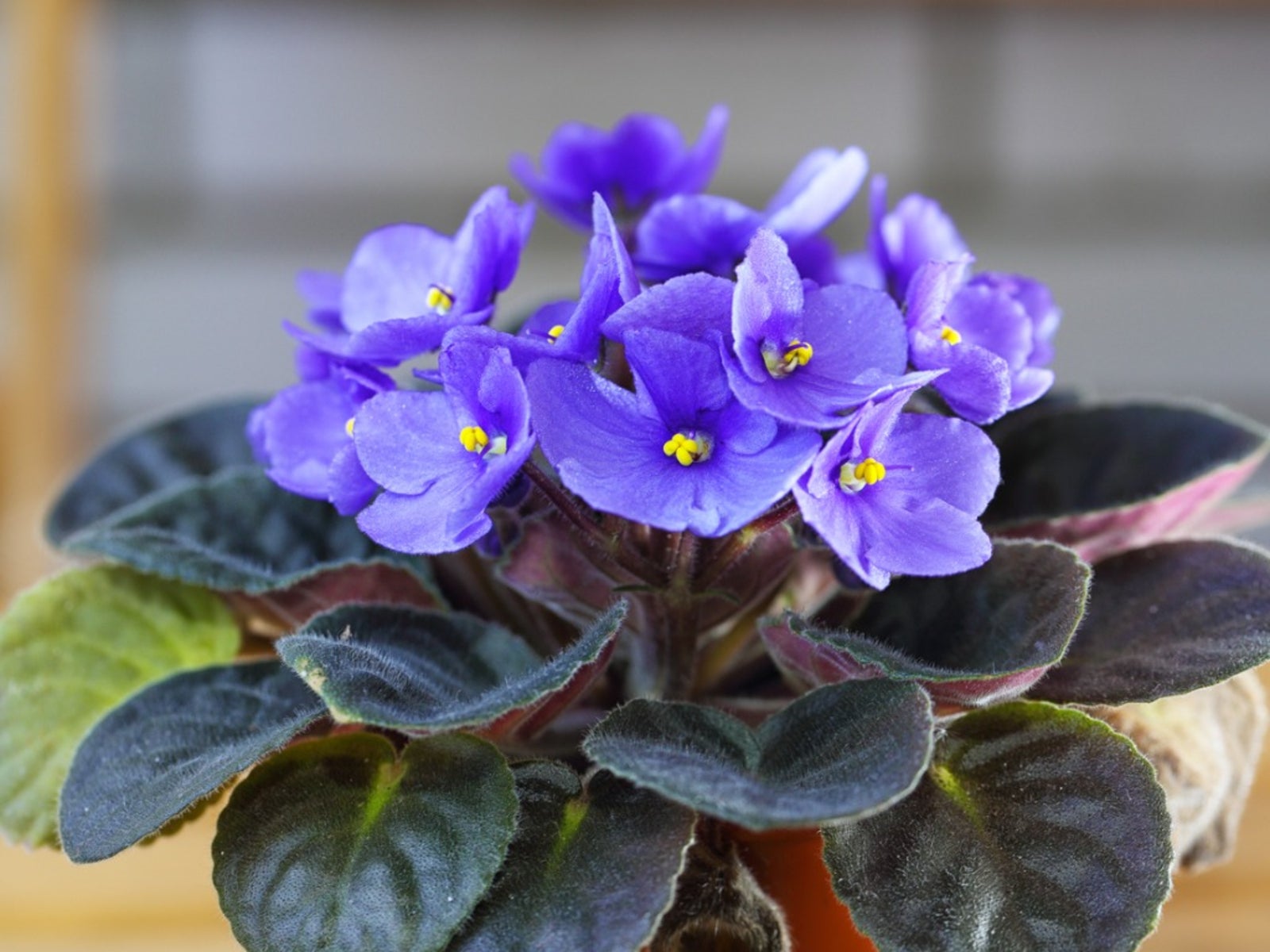African Violet Fungal Control: What Causes Powdery Mildew On African Violets


White powder on African violet leaves is an indication that your plant has been infested by a nasty fungal disease. Although powdery mildew on African violets isn’t usually deadly, it can definitely impact the overall health and appearance of leaves and stems, stunt plant growth, and reduce blooming substantially. If left untreated, leaves may dry and turn yellow or brown. Wondering what to do about African violets with powdery mildew? Looking for tips on African violet fungal control? Read on.
Causes of Powdery Mildew on African Violets
Powdery mildew thrives where conditions are warm and humid and air circulation is poor. Temperature fluctuations and low light can also contribute to fungal disease. Treating African violets with powdery mildew means taking precautions to avoid these conditions.
African Violet Fungal Control
If your African violets have powdery mildew fungus, you must first isolate affected plants to prevent the spread of disease. Remove dead plant parts too. Reduce humidity. Avoid overcrowding and provide adequate space around plants. Use a fan to circulate the air, especially when the air is damp, or temperatures are high. Keep plants where temperatures are as consistent as possible. Ideally, temperatures shouldn’t vary more than ten degrees. Sulfur dust is sometimes effective, but usually doesn’t help much unless it’s applied before the mildew appears. Water African violets carefully and avoid wetting the leaves. Remove blooms as soon as they fade. If powdery mildew on African violets doesn’t improve, try spraying the plants lightly with a mixture of 1 teaspoon (5 ml.) of baking soda in 1 quart (1 L.) of water. You can also spray the air around the plant with Lysol or another household disinfectant but be careful not to get too much spray on the leaves. You may need to dispose of badly affected plants that show no sign of improvement.
Sign up for the Gardening Know How newsletter today and receive a free copy of our e-book "How to Grow Delicious Tomatoes".

A Credentialed Garden Writer, Mary H. Dyer was with Gardening Know How in the very beginning, publishing articles as early as 2007.